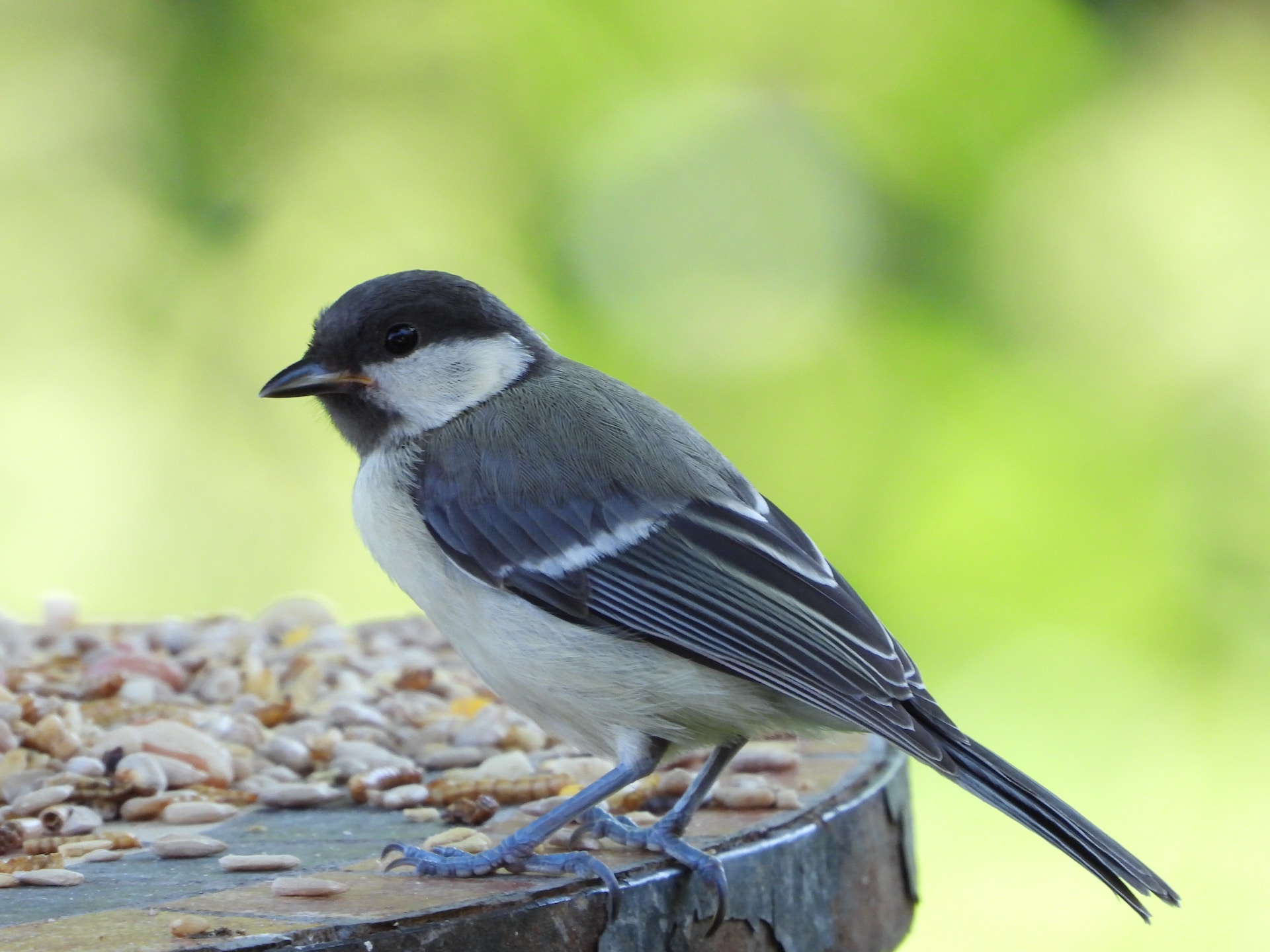Choosing the Right Plants for Birds
Your journey to creating a bird-friendly garden begins with choosing the right plants. A garden decorated with a variety of bird-attracting plants can serve as a virtual oasis for our feathered friends.
When selecting plants, consider those that produce fruits, nuts, or berries which birds can feed on. Examples include elderberries, hawthorns, and crabapples. These trees and shrubs offer nourishing snacks for a multitude of bird species throughout the year.
In addition, birds are nature’s pest patrol, feeding on insects that inhabit our gardens. Thus, flowering plants, which attract insects, are great for luring birds. Goldenrods, asters, and sunflowers are a few such examples.
A plant’s name can often hint at its bird-attracting properties. For instance, bird’s foot trefoil and bird’s nest fern bear names suggestive of their affinity with birds.
Creating a Safe Habitat
Creating a bird-friendly ecosystem extends beyond planting the right flowers and shrubs; consider the structure and arrangement of your garden too. Birds require secure nesting and feeding grounds sheltered from predators and harsh weather.
Variety is key. A layered garden design incorporating ground cover plants, medium-sized shrubs and tall trees provide birds with different levels to inhabit. This allows a broad range of bird species each its preferred habitat within your garden.
Dense bushes and coniferous trees like pines or cedar offer excellent cover for birds. However, ensure that feeding areas are visible from your windows, hence enabling you to enjoy your new visitors.
Providing Water Sources
Water is a fundamental requirement for birds; both for drinking and bathing. Installing a birdbath or creating a small pond in your garden can be a lifesaver for your avian visitors. Standalone bird baths, ideally shallow and not too slippery, are perfect for birds to splash around.
Any water source needs regular maintenance to keep it clean and safe for birds. Furthermore, to prevent its transformation into a mosquito breeding ground, regularly replace water and scrub the bath or pond surface.
Minimizing Human Impact
The conservation efforts within our own gardens also extend to reducing the harmful human effects on bird population. One major factor is the use of pesticides. Instead, prefer organic measures for pest control and use plants known to naturally repel insects.
Windows can pose a threat too. Birds are unable to recognize glass and might collide with it. Applying decals or hanging chimes near windows can reduce bird strikes.
Keeping pets, particularly cats, indoors during critical breeding seasons helps secure vulnerable nestlings and fledglings too.
Encouraging Local Species
Target your gardening efforts towards attracting local bird species. Research native birds in your area, their habitats, and dietary preferences. Consider integrating plants that meet the specific needs of these birds. This approach can even help endangered or at-risk species by providing supplementary habitats.
Sustainable Gardening Practices, particularly like bird-friendly gardening tips, help unify the goals of gardening enthusiasts and bird conservationists. With careful planning and consideration, your garden can become not only a sanctuary for local birds but also a testament to the symbiotic relationship between humans and nature.




